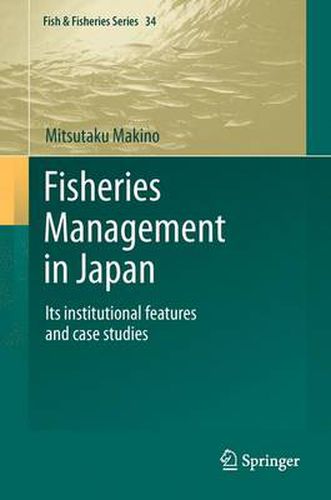Fisheries Management in Japan: Its institutional features and case studies
Mitsutaku Makino

Fisheries Management in Japan: Its institutional features and case studies
Mitsutaku Makino
This title is printed to order. This book may have been self-published. If so, we cannot guarantee the quality of the content. In the main most books will have gone through the editing process however some may not. We therefore suggest that you be aware of this before ordering this book. If in doubt check either the author or publisher’s details as we are unable to accept any returns unless they are faulty. Please contact us if you have any questions.
Japan is one of the world’s largest fish-eating countries with a long history, and has developed its own customs and values in terms of managing fisheries resources. The first half of this book introduces the history and institutional features of capture fisheries management in Japan, with 9 case studies from sub-arctic to tropical ecosystems, from sedentary to migratory species, and from small-scale coastal to offshore industrial fisheries. For example, coastal fisheries management is more community-based, and local people have the authority and take priority in the decision-making process. In contrast, offshore fisheries are more industrialized and commercially oriented, and the national government plays a major role in their management. One of the main challenges in world fisheries is to implement the ecosystem approach, but there is no one-size-fits-all solution for its implementation.
The second half of this book considers the advantages and limitations of the Japanese fisheries management regime and discusses the necessary environmental policy measures to bridge the gaps between fisheries management and ecosystem-based management. As a case study, management measures in the Shiretoko World Natural Heritage area are analyzed. In closing, the Grand Plan of Japanese fisheries policy for the next 20 years and three future scenarios are presented.
This item is not currently in-stock. It can be ordered online and is expected to ship in 7-14 days
Our stock data is updated periodically, and availability may change throughout the day for in-demand items. Please call the relevant shop for the most current stock information. Prices are subject to change without notice.
Sign in or become a Readings Member to add this title to a wishlist.


